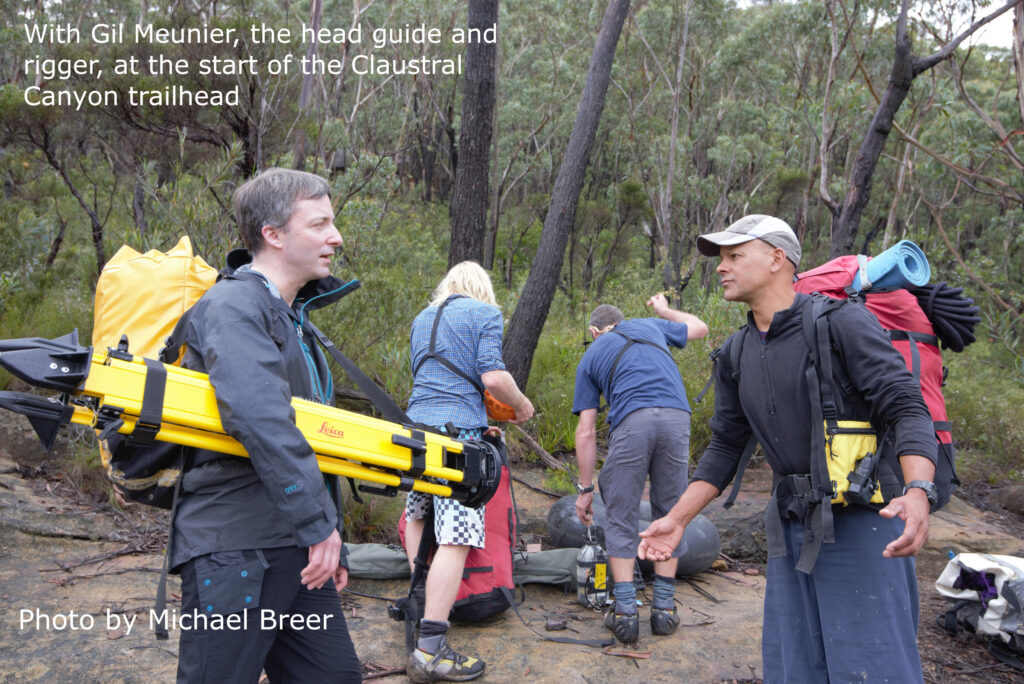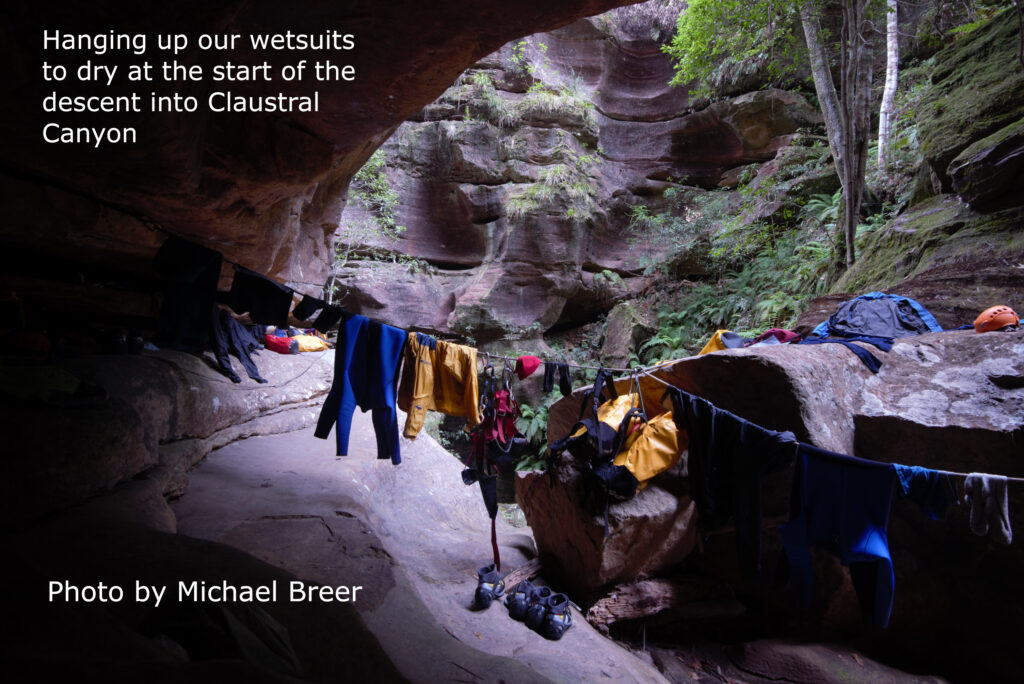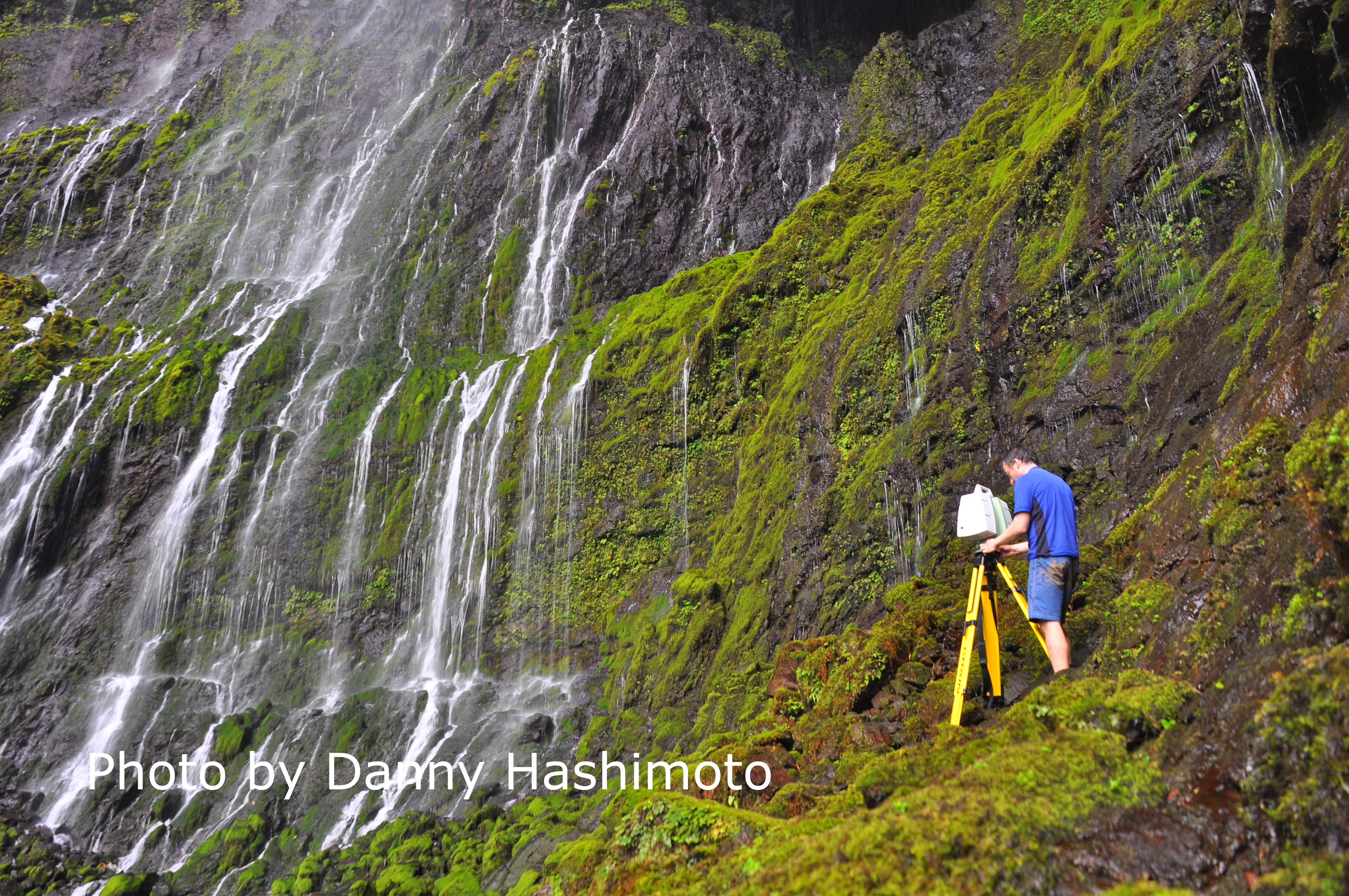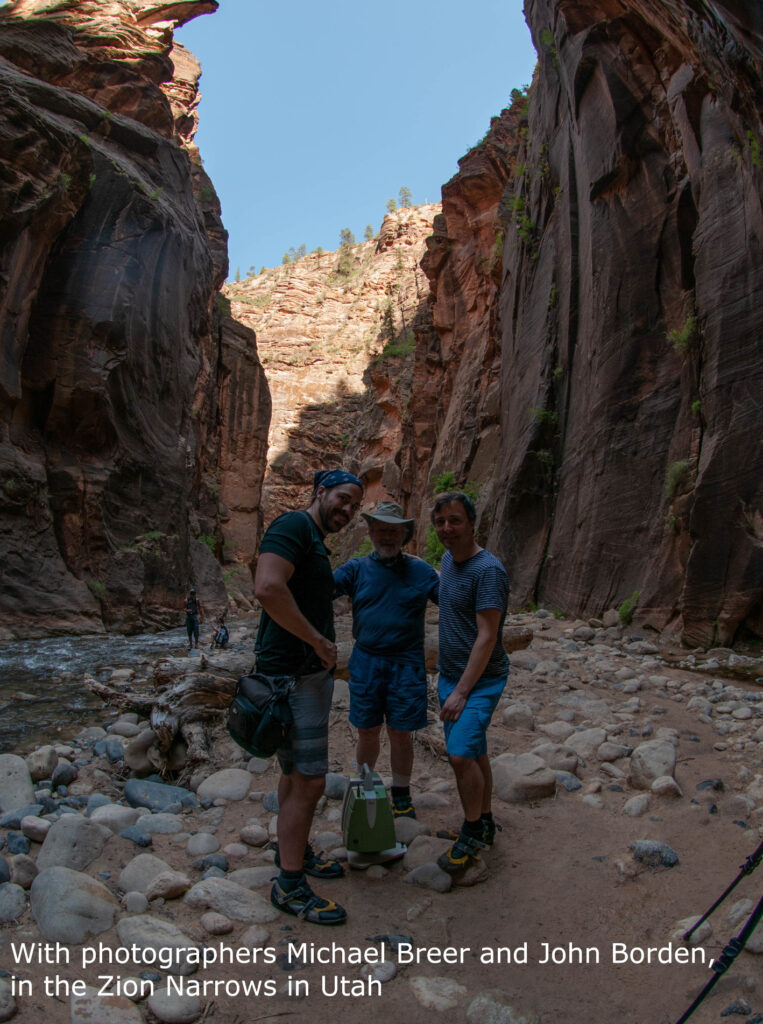There are two very separate parts to creating a Lost Eagle experience.
Being in the field
Being in nature
Being outside is one of the most exciting parts of working at Lost Eagle. Nothing beats the feeling of being outside in the wildest parts of nature, and making it your mission to reproduce the actual feeling of being there. In other words, getting other people to feel exactly the way you are feeling right now. Firstly, there is the immense size and scale of a place that has to be captured. There is also the emotional thrill, the feeling of adventure, that special “something” that is so hard to put into words.
Capturing all that into a true experience requires extreme organization and a very rigid, systematic approach.
We love working and surrounding ourselves with skilled technicians in the field who truly love what they do. It is a true pleasure to see people assigned to different tasks, such as photography, sound recording, and surveying, so caught up in the moment, the excitement, and the flow of doing what they truly love.
Lost Eagle uses a lot of different technologies on the field. Laser scanners, drones, and cameras to name just a few. We collect an absolutely colossal amount of information. Scans, raw files, videos, my goodness – it all adds up!

Getting ready to descend into Claustral Canyon
The weather and lighting
There is no doubt that weather is one of the biggest issues to deal with. Of course, one wants all the time in the world, but light and weather conditions can change very quickly and consistency in photography and videos is super important. We always try to avoid semi cloudy days where the sun is always disappearing and reappearing! Nothing beats a day with consistent weather, and often the best conditions are overcast days where is light is spread evenly at all times. Caves are also great places to images as the light is usually artificial and constant.

Our campsite in a cave at the top of Claustral Canyon
Technology and nature don’t always mix
No matter how well organized you are, things always happen. You might have the most advanced memory cards and batteries in the world, but the moment you are in a damp, humid, canyon, batteries can fail without warning, and lenses can fog up. Drones are especially susceptible to last minute issues. You might be the most prepared person in all the world, but occasionally a drone might just refuse to take off, or some strange system error could show up that wasn’t there before, despite your having updated the firmware, calibrated everything, and done a last minute test.
We had one trip where we collected a massive amount of drone photography and then suddenly, without warning, the drone fell from the sky into a lake. We still don’t know quite what happened. We think probably the battery fell out of the drone because it hadn’t been secured properly.
I remember being in Claustral Canyon, when we had some real issues with humidity affecting the scanner and camera lenses which delayed everything for a couple of days. The equipment was hauled out and dried over a makeshift camping stove heating system cleverly devised by Lucas Trihey, who was responsible for organizing the guides, food, and equipment for the trip. It involved suspending the equipment in a wire basket over the hot air, but not so close as to destroy the equipment.
In these situations it’s always good to have an alternative plan so that your time isn’t wasted!

Taking a laser scan in the Blue Hole, or Waialeale, in the center of Kauai
Nothing beats being “in the flow”
The best feeling, when being outside, is when that drone is in the air, or you’re taking panoramic images on the ground, one after the other, and you just keep taking photos or scans under ideal conditions and you just keep going. It’s like running and feeling like you can go on for ever.
I remember taking one scan after another, advancing slowly down this beautiful canyon that seemed to go on for ever and ever, and truly feeling under the spell of nature. What a privilege it was to spend so long in this beautiful place and take it all in, as opposed to being in a guided group and having to walk through the canyon really quickly!
Post-processing
We need lots of powerful computers.
We make extensive use of photogrammetry, a process that involves talking photos of objects from many different angles and then turning them into a 3-D model. It’s one thing putting together a sculpture from 50 photos, but imagine that sculpture was 1000 feet high and 3000 feet wide? Then it becomes a completely different matter. Not only does it take a whole lot longer to take the photographs, but the computers will probably be churning away all night and most of the next day processing 1000 photographs, and sometimes – well, we don’t like to talk about it, but it doesn’t come up as expected and we have to start all over again.
Creating good Virtual Reality is a slow and painstaking process.
Creating beautiful 3-D models and wallpapering them with photographs and video is a beautifully satisfying process and it’s always exciting the first time you view the experience in a Virtual Reality headset. However, any defect, any bad coloring, the slightest instability in the video, becomes immediately apparent in Virtual Reality. People immediately notice any defect when viewing Virtual Reality for the first time. That’s when the real painstaking modeling work begins – the painstaking work of correcting every bad polygon, every badly textured area. It sometimes seems that every issue you fix creates ten other ones! It’s all just part of the process and our modelers are experts in this process.
At Lost Eagle, we’d love to say that all these processes could be automated. I have a Computer Science background, and love automating things, but there are times you just need a human touch. And this is one of them.

Installation, testing, and performance
So you have the most beautiful experience. It looks great on the most advanced Virtual Reality headset when it is powered by the latest gaming PC. Now it has to work on a mobile device. The first time you test it, it runs slow and you realize very quickly that you need to really compress the data: the meshes, textures, video, everything. You have to bite the bullet and realize there will be some loss of quality. And this is tough when the world out there expects quality equal to the latest HD TV. However, the day is not far off when VR quality will be like TV’s and that will be the day everyone wishes to own a headset.
It’s all so worth it
All that painstaking work pays off, however, when you end up with a truly breathtaking, mesmerizing experience that truly brings you back to that moment, that special, incredible, moment, when you saw the place for the first time and just said “Wow……”
It’s interesting, but you can usually tell, when putting viewing the first draft of a VR experience, whether it’s going to be a winner or not. And if it will be – well, it’s just the awesomely satisfying process of getting rid of the cobwebs and seeing the final result shine through.